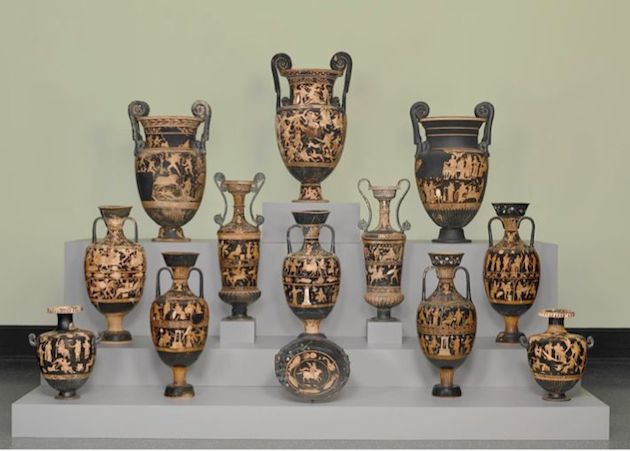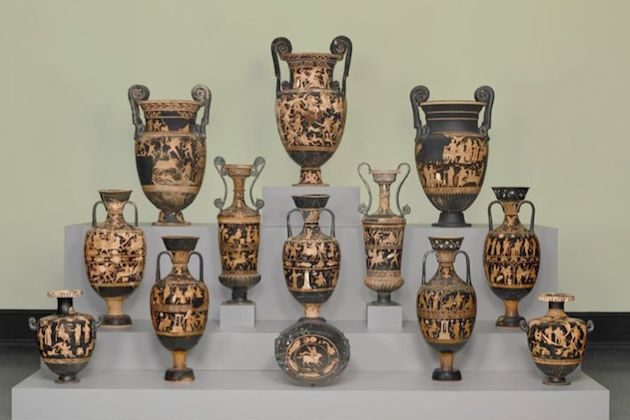Artistic creations have been a part of culture since the dawn of time. All of this art has contributed to the vast archaeological history present today.
Although many countries all over the world have had a rich amount of art ranging from paintings to sculptures, Italy is one that is extremely well known for its pottery. At the Getty Villa in Pacific Palisades, there is an exhibition that began on November 19, 2014 and is running all the way until May 11, 2015.
Entitled Dangerous Perfection: Funerary Vases from Southern Italy, the exhibition will display thirteen Apulian vases that highlight the restorative techniques of nineteenth-century Neapolitans and what methods they used to perfect these vases. This exhibition took six years to come to fruition thanks to all of the hard work from the J. Paul Getty Museum and the Antikensammlung, Staatliche Museen in Berlin.
The thirteen Apulian vases were found at Ceglie del Campo close to Bari in Apulia. Apulia had previously been populated by the Peucetians. Due to their strong ties with Greek culture, around the time of the fourth century B.C., the pottery found in this group’s tombs clearly demonstrated Greek influence with some vases depicting scenes from mythology.
The thirteen vases that will be on display now were originally excavated at the beginning of the nineteenth century. Baron Franz von Koller, who was a Bohemian military specialist, happened to be positioned in Naples from 1815-1818 and then again from 1821-1826. He took an interest in archaeology, which led him to uncover the Apulian vases.
Since the pottery was discovered in bits and pieces, Koller handed them over to Raffaele Gargiulo. He was very distinguished as a restorer for ancient pottery at the Real Museo Borbonico, nowadays known as the Naples National Archaeological Museum. Gargiulo maintained international business as a dealer in the Neapolitan market for artifacts. He was so magnificent at what he did that sometimes it was hard for people to tell what he had restored and what was in the original painting on many of the ceramics he mended. In fact, his work and others who performed restoration on ceramics were so close to the real thing that they were referred to as “dangerous perfection.”
Not only does the exhibition showcase these famous vases but it also shines a light on the technique that was used to obtain such high quality, this so-called “dangerous perfection” which brings new meaning to the name of the exhibition. The curator of this wonderful exhibition is David Saunders who is also the associate curator of antiquities at the J. Paul Getty Museum.
Whether you are a history buff, love archaeology, or have Southern Italian roots, this exhibition will cater to each and every one of your interests. This presentation is not only about the conservation methods used by nineteenth-century Neapolitan craftsmen but also about the valuable history these thirteen Apulian vases provide in terms of the necessity of art in culture.
Art can obviously carry a lot of meaning. The thirteen Apulian vases do not just show artistic creativity but they also show the funerary practices and customs of the Peucetians. It is interesting how intricate vases like this are not quite as prevalent as they used to be. This is not just in Italian culture but internationally as well. The restorative processes that take place are one of the few things keeping ancient artifacts and their history alive.
For six months, guests at the J. Paul Getty Museum will be able to feast their eyes on pottery that has been hidden to the public eye for so long. Although the people who created them in the first place are no longer around, their story will still be told for centuries to come.




























